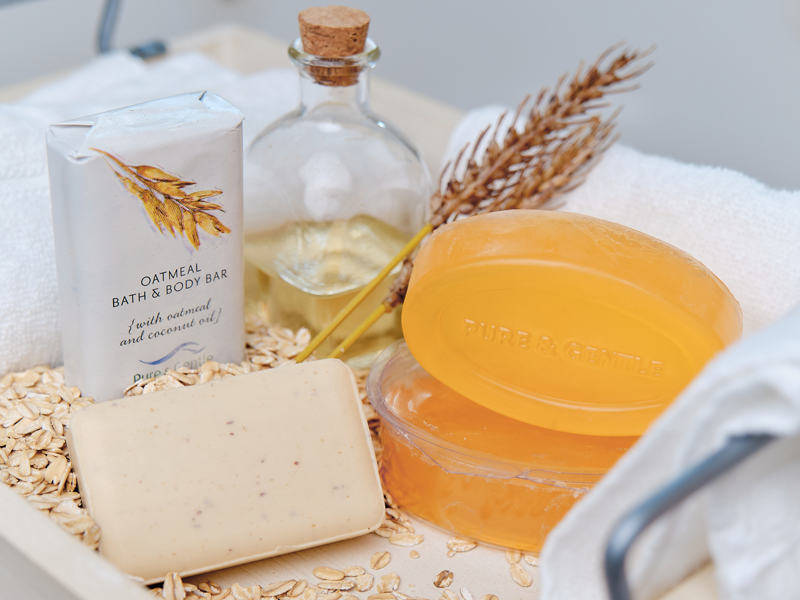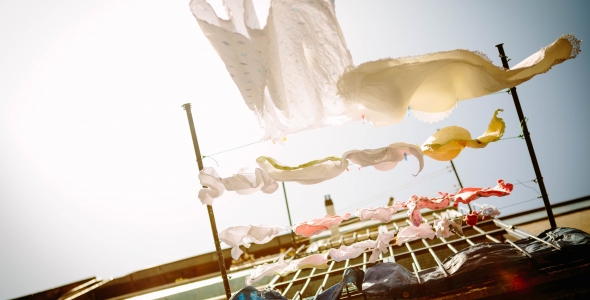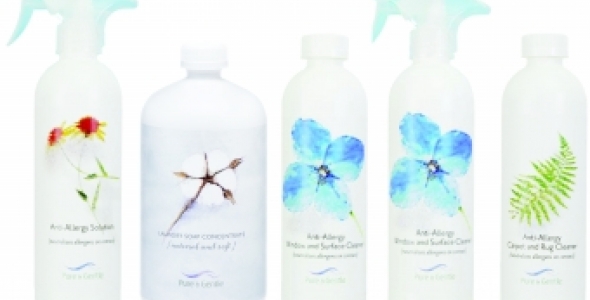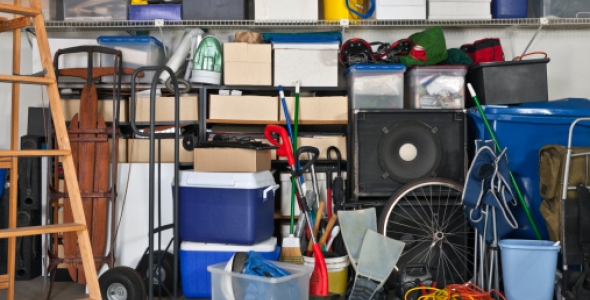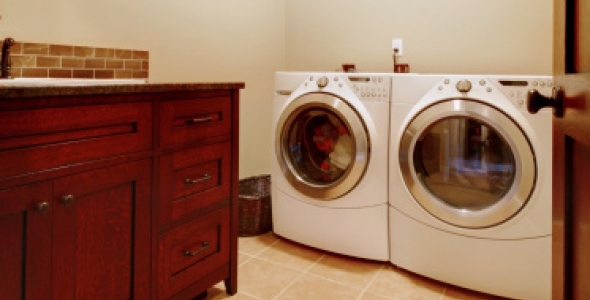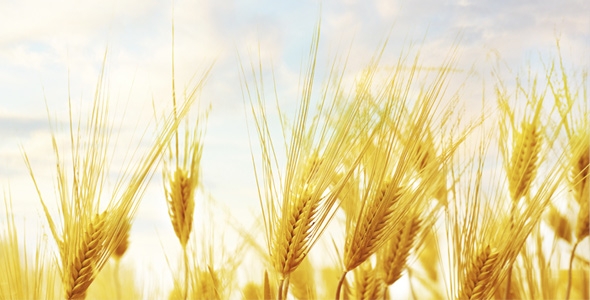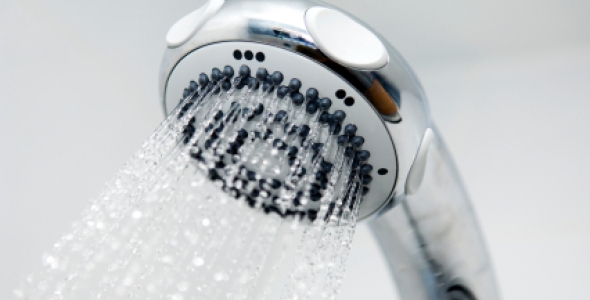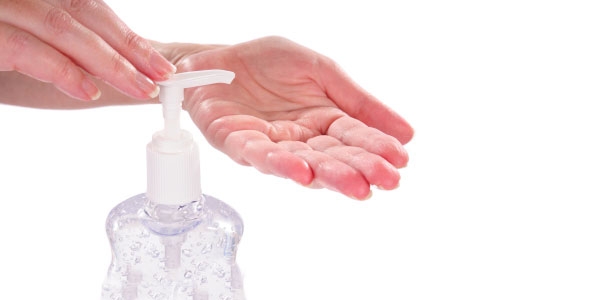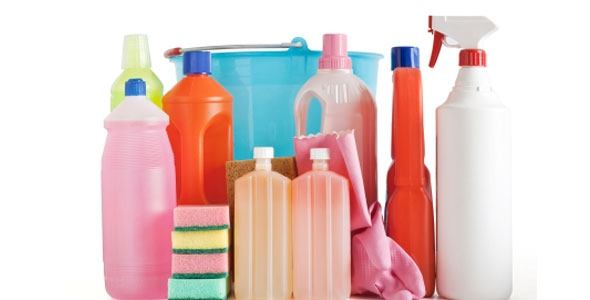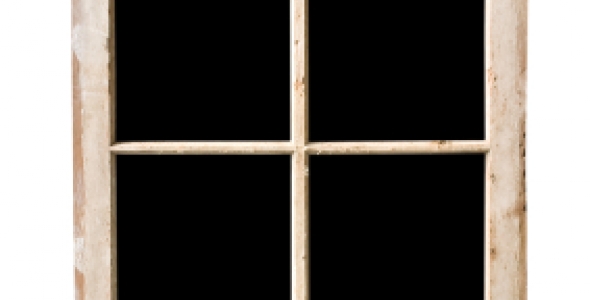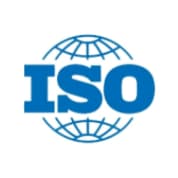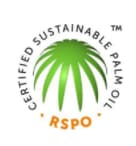Backpackers who have reached mountains untouched by roads or cabins know what old air used to feel like in the lungs: “Pure,” they very succinctly say. Since the discovery of coal, the earth hasn’t descended into apocalyptic smog, but it’s lost most of that mountain purity, and there seems to be no way to recapture it. But that’s not entirely true. Chemical waste conjures up the image of a three-eyed fish, when really everyone benefits from pollutant reduction and non toxic cleaning products.
The purifying scope of greener products expands beyond unpolluted rivers: it reaches into the home and protects the health of families. Products full of harmful chemicals may work well at attacking grease or toilet bowl bacteria, but they also attack the lungs. Studies have emerged that link toxic household products to allergies, asthma, sinusitis, and bronchitis—afflictions that have proliferated among children in recent years. Ammonia, a staple ingredient of household products, has been positively linked to producing symptoms resembling asthma and more extensive respiratory complications. The simple fumes of other products have led to migraines and fainting.
More dire are the cases when infants find these substances—if not fatality, consumption can lead to permanent kidney and liver damage. Accidents happen, even to parents who have tried to prevent this danger by storing chemicals out of reach. Non toxic products go beyond prevention and simply abolish the danger: still cleaning homes without releasing chemicals that cause sickness with their residue alone. More globally, the production and subsequent use of these products help make the air cleaner, the ground purer, but their local, household benefits are just as significant.







